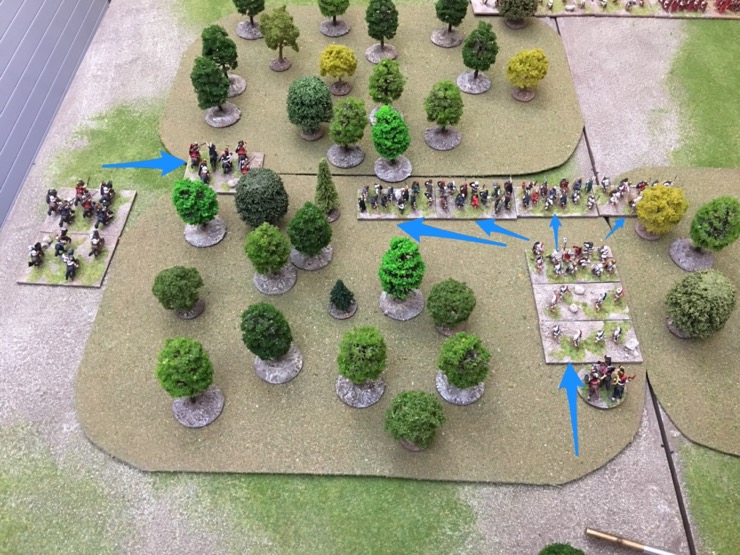Chris and Adam played my version of Leshnov 1941 Scenario for Martin Rapier’s One Hour WW2 (6 hit) (a variant of One Hour Wargames). This was our first outing with these rules.
Summary: Good game. Rules were simple but played well. The scenario needs tweaking as favours the defenders too much. And that contributed to Chris’s victory as the Germans.











